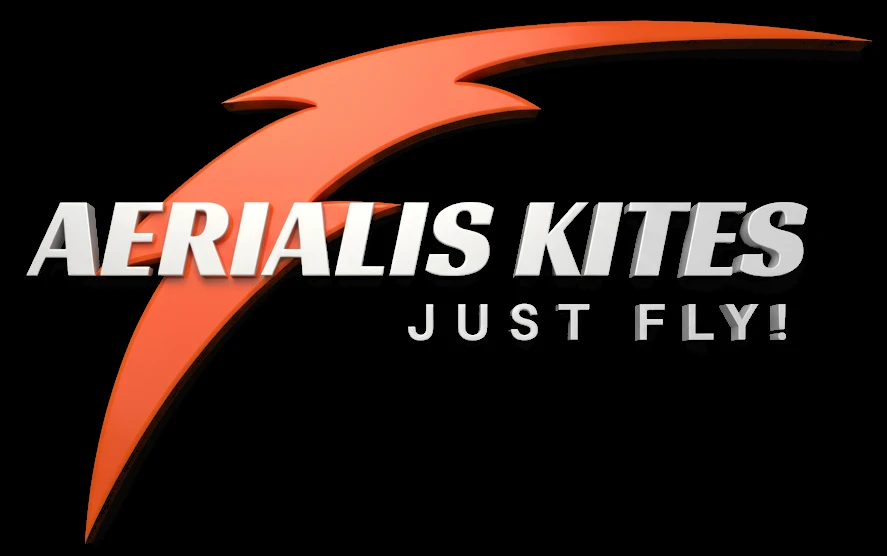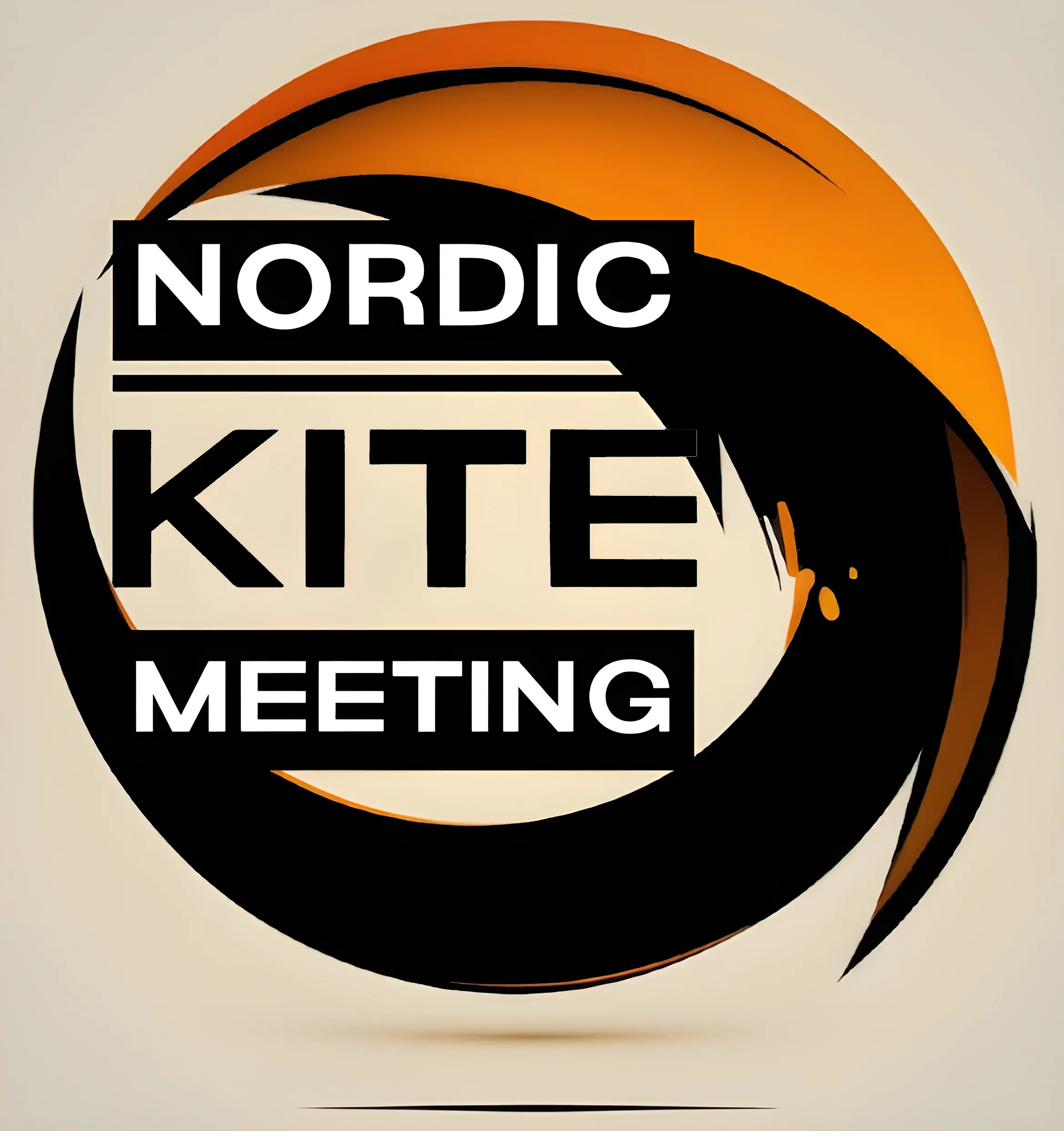Flying in light — very light — wind takes a completely different approach. When the air barely moves, it’s no longer about raw power or sharp turns; it’s about finesse, intuition, and timing. You can’t just plant your feet and let the kite do the work. Instead, you have to work with the air, sense it, and help the kite stay alive.
In these conditions, the wind behaves more like a whisper than a force. You begin to notice the tiniest cues — a flicker in the grass, a shift in temperature on your cheek, the slightest tug on the lines. You feel it before you see it. And then you move — forward to create float, backward to keep tension, always adjusting, always listening to what the kite and the air are telling you.
It’s a whole-body experience. Your legs become as important as your hands. You’re constantly walking, even running, across the field, using your movement to feed the kite what the sky can’t quite give. Every step matters. Every motion of your wrists and shoulders transfers subtle energy to the kite, keeping its sail just full enough to maintain flight.
That’s why I often say: in light wind, you don’t fly the kite — you guide it. You’re not commanding; you’re collaborating. It’s less about control and more about connection. When you get it right, there’s a special kind of satisfaction — quiet, precise, and deeply nerdy.
In the video below, you can see how I keep moving, almost dancing with the kite. Watch how the small shifts in my body translate into graceful motion in the air. It’s technical, it’s delicate, and yes… it’s absolutely nerdy.
Nerd? Me? …Yeah, no doubt about it.




